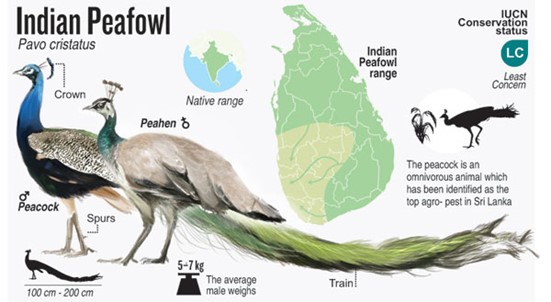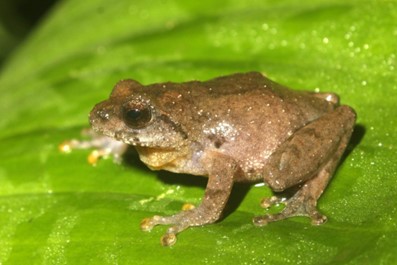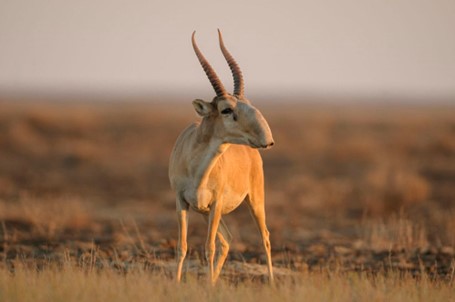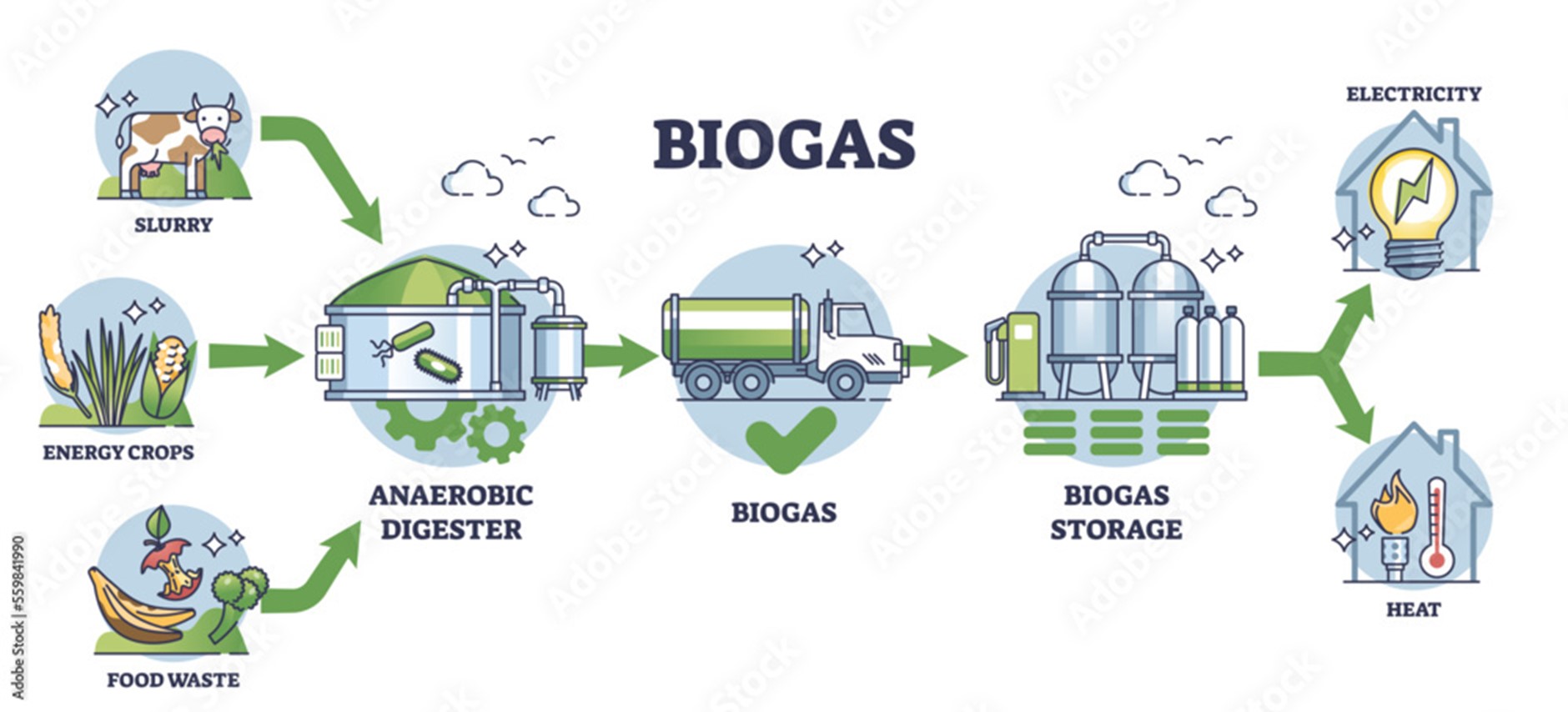Recently, scientists from the Salim Ali Centre for Ornithology and Natural History (SACON) indicated an exponential rise in the population of peafowl in Tamil Nadu.

Reference
Recently, scientists from the Salim Ali Centre for Ornithology and Natural History (SACON) discovered a new frog species, Raorchestes asakgrensis.

|
Salim Ali Centre for Ornithology and Natural History (SACON) |
|
References
Recently, the International Union for Conservation of Nature (IUCN) Red List updated the status for the Saiga Antelope from critically endangered to near threatened category.

References
European Southern Observatory’s Very Large Telescope Interferometer (ESO’s VLTI) recently observed WOH G64, which revealed some crucial details about its activity and surrounding layers.
Reference
Recently, the Prime Minister inaugurated new 100 tons per day cattle dung based Compressed Bio-Gas (CBG) plant in Gwalior.

Reference